Murder plot, looming Roe v Wade ruling & protests at family homes: How Supreme Court security became political
As an alleged assassination plot is foiled outside Brett Kavanaugh’s home, the issues of protecting judges and the First Amendment right to protest have come into conflict, reports Rachel Sharp

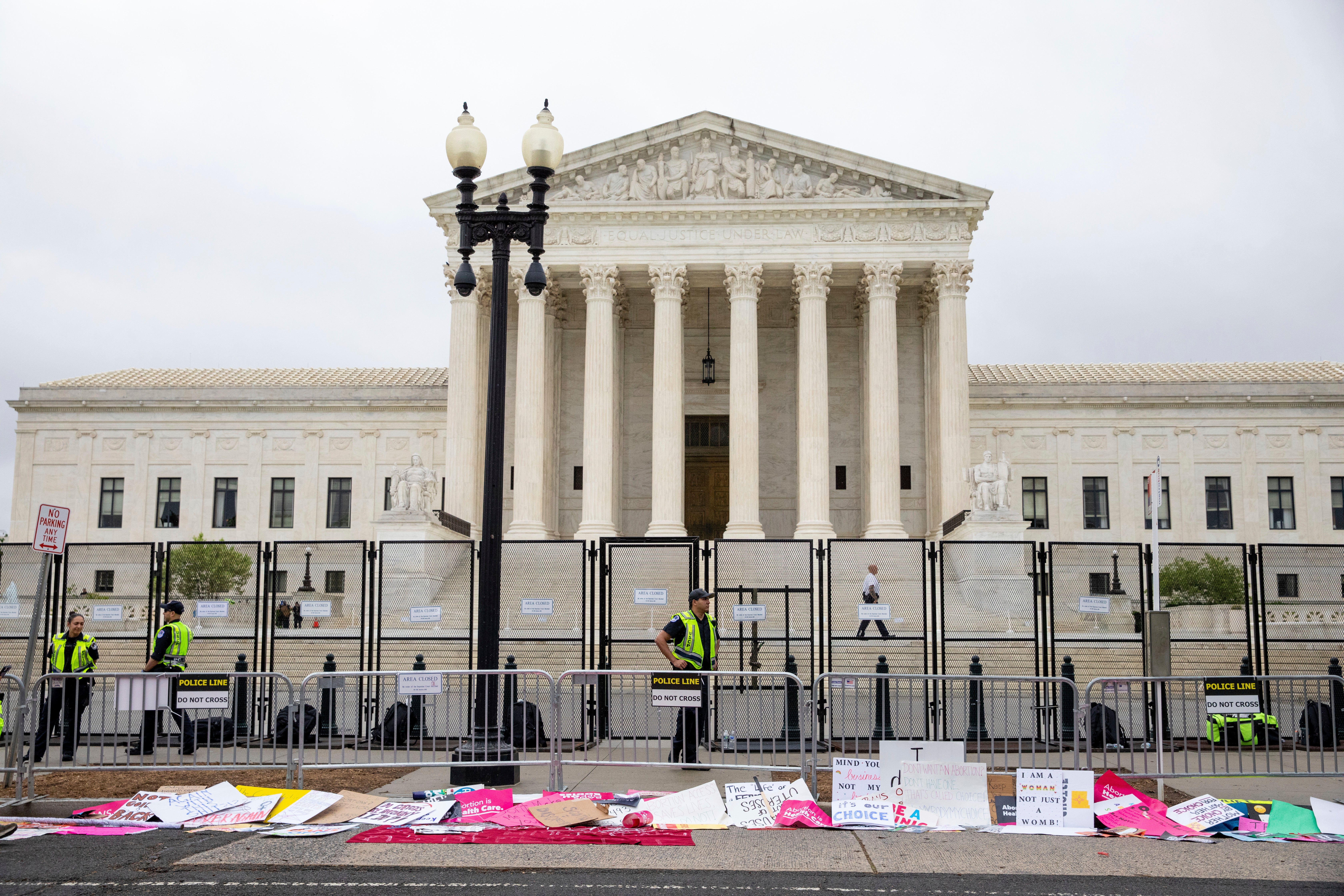
Your support helps us to tell the story
From reproductive rights to climate change to Big Tech, The Independent is on the ground when the story is developing. Whether it's investigating the financials of Elon Musk's pro-Trump PAC or producing our latest documentary, 'The A Word', which shines a light on the American women fighting for reproductive rights, we know how important it is to parse out the facts from the messaging.
At such a critical moment in US history, we need reporters on the ground. Your donation allows us to keep sending journalists to speak to both sides of the story.
The Independent is trusted by Americans across the entire political spectrum. And unlike many other quality news outlets, we choose not to lock Americans out of our reporting and analysis with paywalls. We believe quality journalism should be available to everyone, paid for by those who can afford it.
Your support makes all the difference.Back in August 1889, US Supreme Court Justice Stephen Johnson Field narrowly escaped an attempt on his life.
The 73-year-old was at a railway station in San Joaquin Valley, California, when he was confronted by disgruntled attorney David Terry.
Terry, who ironically had previously served as a justice on the California Supreme Court, was enraged with the federal courts over a case where he and his wife Sarah were defendants.
The case had rumbled on for six years with Justice Field presiding over oral arguments during at least one court appearance in 1888.
But Terry’s attempt to seek revenge was thwarted by a US Marshal assigned to protect Justice Field, who shot and killed the assailant.
Justice Field, who was appointed to the nation’s highest court by President Abraham Lincoln in 1863, would go on to become the second-longest serving Supreme Court Justice in the court’s 233 years.
And the incident in the summer of 1889 would become known as the first assassination attempt on a Supreme Court Justice in the history of America.
Until last week, it was also the last.
More than 133 years later, on 8 June 2022, Justice Brett Kavanaugh found himself the target of the second known assassination attempt when a 26-year-old man unhappy with his prospective rulings allegedly confessed to plotting to murder him.
Nicholas Roske allegedly travelled from his home in California to the conservative justice’s home in Chevy Chase, Maryland, in the early hours of the morning to assassinate the Donald Trump-appointed justice and then kill himself.
The exact details of the plot are as yet unclear but officials said he had purchased a Glock 17 pistol and was armed with the firearm, two magazines and ammunition when he was captured outside Justice Kavanaugh’s home.
He was also allegedly in possession of a black tactical chest rig, tactical knife, pepper spray, zip ties, a hammer, screwdriver, nail punch, crowbar, pistol light, duct tape and hiking boots with padding on the outside of the soles.
The plot was only foiled because Mr Roske called 911 on himself outside the property, confessing his intentions and saying he needed “psychiatric help”.
The presence of US Marshals guarding the justice’s home – as well as a text message exchange between the suspect and his sister – are believed to have played a part in the suspect not following through with his plans at the last minute, according to officials.
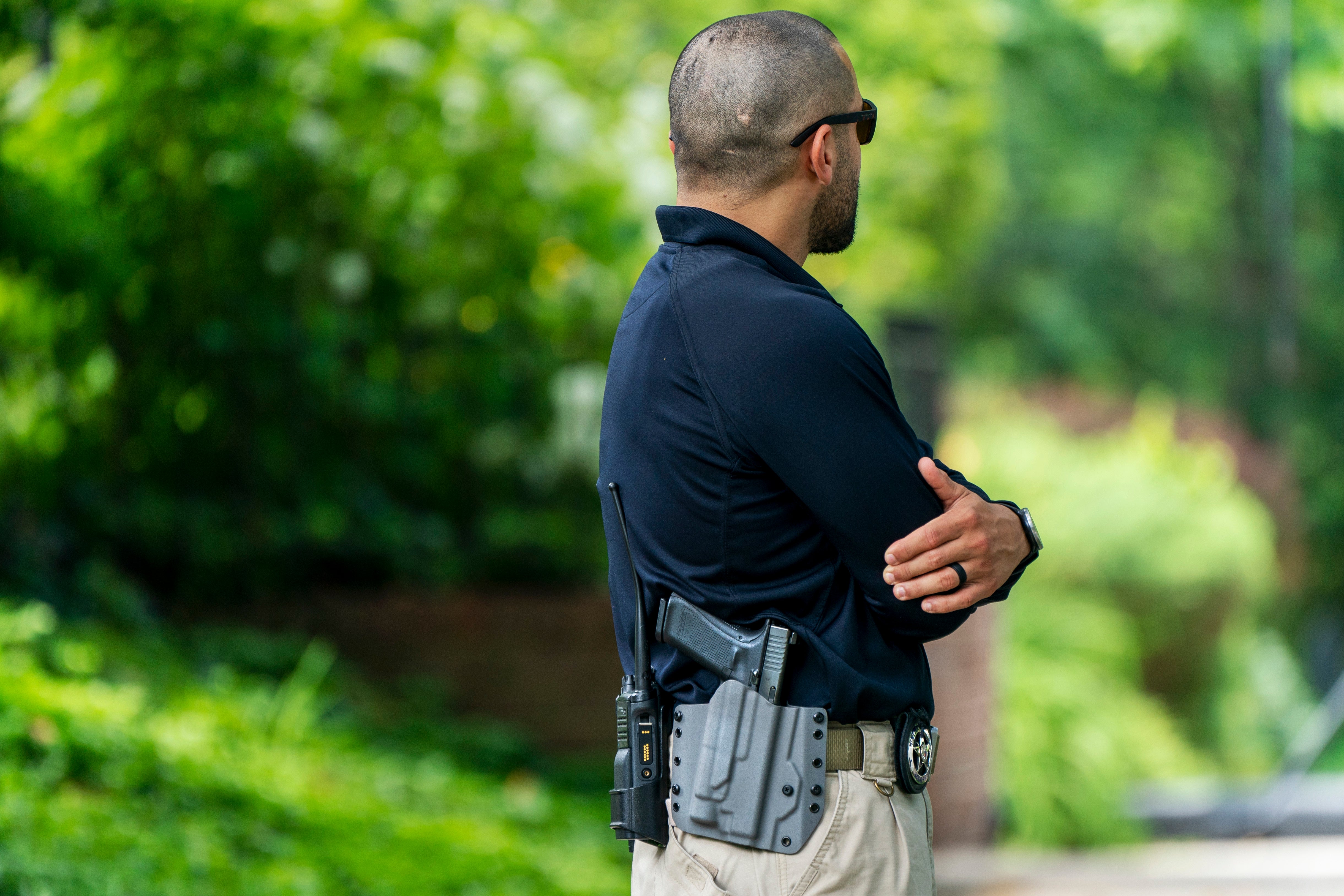
Mr Roske was taken into custody at the scene and charged with attempted murder of a Supreme Court Justice.
The plot – more than a century on from the attempt on the life of Justice Field – has thrust the issue around the security of the Supreme Court justices further into the national spotlight as almost daily protests take place outside their homes and place of work.
Back in 1889, the assassination attempt shaped judicial security for years to come, leading to an expansion of powers of both US Marshals and of the president to direct the US Marshals to protect federal judges, according to the US Marshals Service.
Over 130 years later, the 2022 plot has done the same, sparking debates around both the need for protection for the justices and every American’s First Amendment right to protest at a time when the Supreme Court justices are on the brink of a decision that could push the rights of around half the American population back 50 years.
Last month, a majority draft opinion leaked to Politico revealed that the court plans to strike down the landmark <em>Roe v Wade</em> ruling, overturning the constitutional right to abortion access that was fought for – and finally achieved – back in 1973.
Without Roe, abortion would effectively be banned across roughly half of the US.
The bombshell leak – the first ever in the court’s history – has sparked protests nationwide and led states to implement their own laws in the eventuality that Roe is overturned.
While Democrat states such as New York have moved to protect abortion access, Republican states such as Oklahoma have made efforts to ban abortion altogether.
The final Supreme Court ruling, which could come any day now, has put the nation – and no doubt its highest court – on edge.
Pro-choice protesters have staged demonstrations outside the homes of the six conservative justices.
The Department of Justice has ramped up security for each of the nine members.
And, lawmakers this week hurriedly passed a bill to expand round-the-clock security to include the justices’ family members.

According to court records, Mr Roske cited the Roe leak as a motive for his alleged murder plot against Justice Kavanaugh.
The suspect allegedly told investigators that he was angry with the conservative justice over the draft opinion and over his belief that he will move to loosen gun control laws after hundreds of Americans have died in recent mass shootings.
The threat against Justice Kavanaugh pushed a bill providing increased security for justices over the line on Tuesday, sending it to President Joe Biden’s desk to sign into law.
The Supreme Court Police Parity Act extends security to the immediate family members of Supreme Court justices, granting them similar protections to those already provided for family members of certain executive and legislative branch officials.
It passed the Senate back in May but stalled for a month in the House.
Republicans blamed Democrats for the bill’s slow passage and demanded they pass it in the wake of last week’s threat on Justice Kavanaugh.
In a fiery speech on the House floor the day after Mr Roske’s arrest, House Minority Leader Kevin McCarthy blasted Democrats for leaving for the long weekend without passing the bill.
“How many times do they have to be threatened?” he raged.
“How many people have to be arrested with a gun outside their home? What would have happened if he had not called 911?
“He didn’t just have a gun, he had zip ties.
“But somehow you want to leave. This bill could be on the president’s desk right now!”
House Democrats were considering their own version of the bill that would go even further than the Senate version and expand security to not only the family members of justices but to the family members of Supreme Court clerks and other staff.
Senate Minority Leader Mitch McConnell pushed back at the efforts, saying on Monday that Senators would not pass a House version that would provide security for families of “nameless staff that no one knows”.
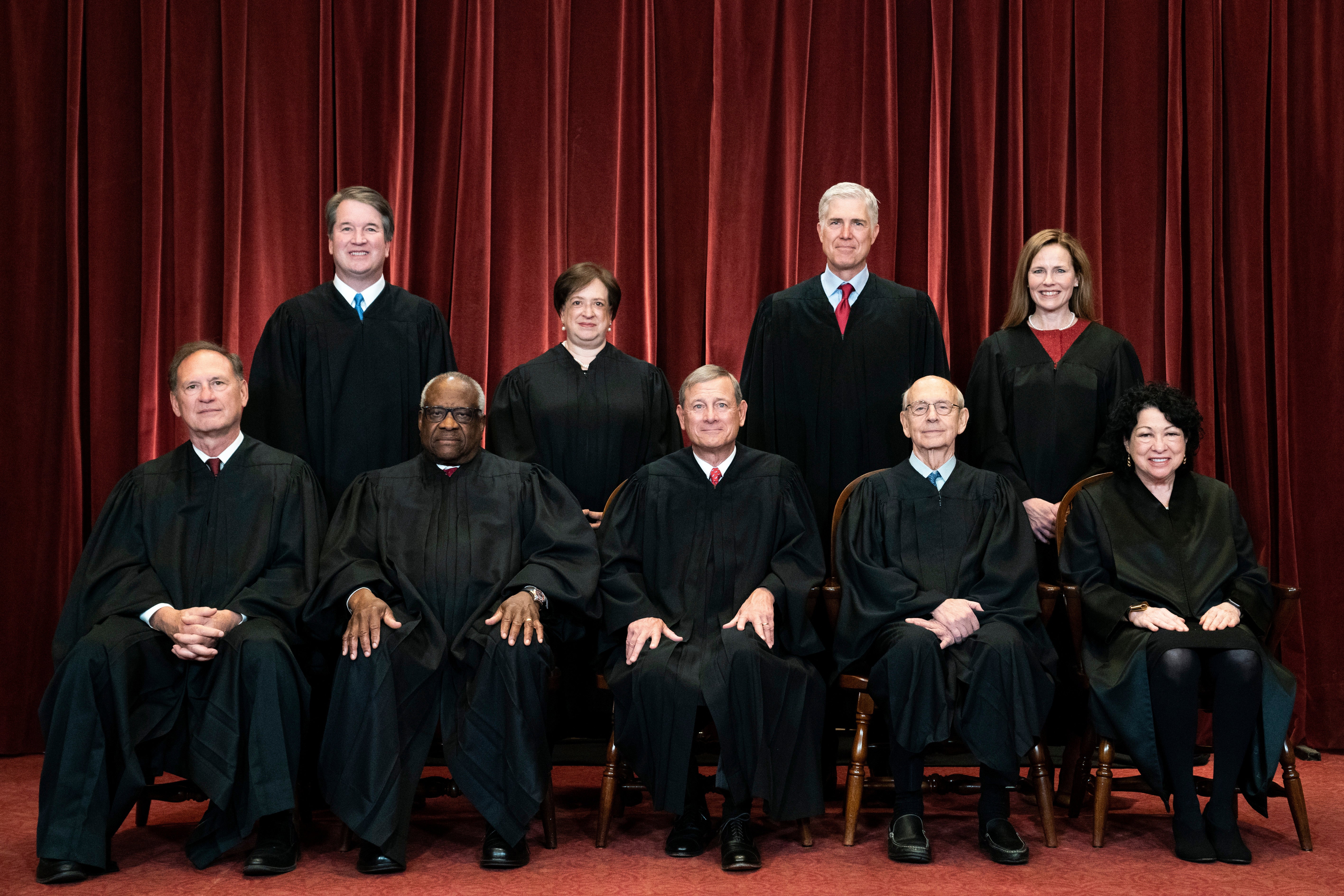
The House appears to have conceded to his demands, passing the Senate’s version with a 396 to 27 vote on Tuesday.
But some Republicans want even more than round-the-clock protection for the justices: they want the Department of Justice to crack down on pro-choice protesters demonstrating outside the justices’ homes and slap them with criminal charges.
Since the 3 May leak, pro-choice protests have sprung up across the country in protest against the backpedalling of abortion access.
Anti-abortion demonstrators have also taken to the streets to counterprotest.
The homes of the six conservative Supreme Court Justices have been focal points for protesters wanting Roe not to be overturned.
According to Mr McConnell, protests outside their homes “may possibly be flat-out illegal”.
“Trying to scare federal judges into ruling a certain way is far outside the bounds of normal First Amendment speech or protest. It is an attempt to replace the rule of law with the rule of mobs,” he said on the Senate floor.
“It appears this may possibly be flat-out illegal. There is a federal law on the books that criminalizes ‘pickets or parades’ with ‘the intent of influencing any judge, juror, witness, or court office’ at locations that include a judge’s ‘residence.’”
The Senate Minority Leader appears to be referring to 18 US Code 1507 which several of his Republican colleagues have also used to claim the protests are illegal.
The law states that: “Whoever, with the intent of interfering with, obstructing, or impeding the administration of justice, or with the intent of influencing any judge, juror, witness, or court officer, in the discharge of his duty, pickets or parades in or near a building housing a court of the United States, or in or near a building or residence occupied or used by such judge, juror, witness, or court officer, or with such intent uses any sound-truck or similar device or resorts to any other demonstration in or near any such building or residence, shall be fined under this title or imprisoned not more than one year, or both.”
However, Kevin Goldberg, First Amendment specialist at the Freedom Forum Institute, casts doubt on their interpretation of the law.
“The federal law says that you can’t protest in front of the Supreme Court or a justice’s house if you do it with the intent to influence,” he told The Independent.
“It would be very hard to prove that a protester was attempting to influence a decision.
“They could say they believe the decision has already been made and that they are protesting the outcome or just protesting in favour of abortion rights… it would be hard to prove what people were thinking when they were protesting.”
He added: “And under the First Amendment, if you don’t know, you can’t punish someone.”

Mr Goldberg also pointed out that in the 70 years since Article 1507 went into law, thousands of people have peacefully protested outside the Supreme Court and outside judge’s houses.
None, as far as he is aware, has been penalised using Article 1507.
To arrest pro-abortion demonstrators now could be a dangerous step, violating the First Amendment rights of Americans to freedom of speech and freedom to peacefully assemble, he explained.
“There’s always people protesting outside the Supreme Court and I can’t think of anyone who has been arrested for protesting peacefully there,” he said.
“So if they start arresting people you could argue that their First Amendment rights are being violated as they are specifically arresting people who want to uphold Roe… so are they arresting people because of what they are protesting?”
Under the First Amendment, freedom of speech is generally protected across public spaces such as public sidewalks, said Mr Goldberg.
States however do have different laws around protests.
In Maryland, where Justice Kavanaugh’s home is, for example, there is a law that a group of people cannot assemble to disrupt an individual’s right to tranquility in their home – regardless of who lives in the home.
Yet, explained Mr Goldberg, if protesters “start moving” through the neighbourhood rather than remaining stationary outside one home then they have a right to protest.
Such laws “kind of get at” the balance between the right to protest and the right to privacy in an individual’s home, he said.
“But in the US the right to free speech very much trumps that privacy right,” he said.
“Under the First Amendment, the burden is on the government to prove they need to restrict speech and that they are going about it in the least restrictive way possible.
“In the US, we can only restrict that right to speech when it’s absolutely necessary.”
For organisers of pro-choice protests demonstrating against the overturning of Roe, staging the protests outside the homes of the justices rather than outside the Supreme Court is critical.
“It’s at their homes for two reasons – public architecture like the Supreme Court building is designed to intimidate so protesters are not on the same level ground there,” an organiser for pro-choice activist group Ruth Sent Us told The Independent.
“And two – these are personal, private human rights that are being violated and intruded upon and thrown away by the court so the least we can do is intrude on the privacy of the [justices].”
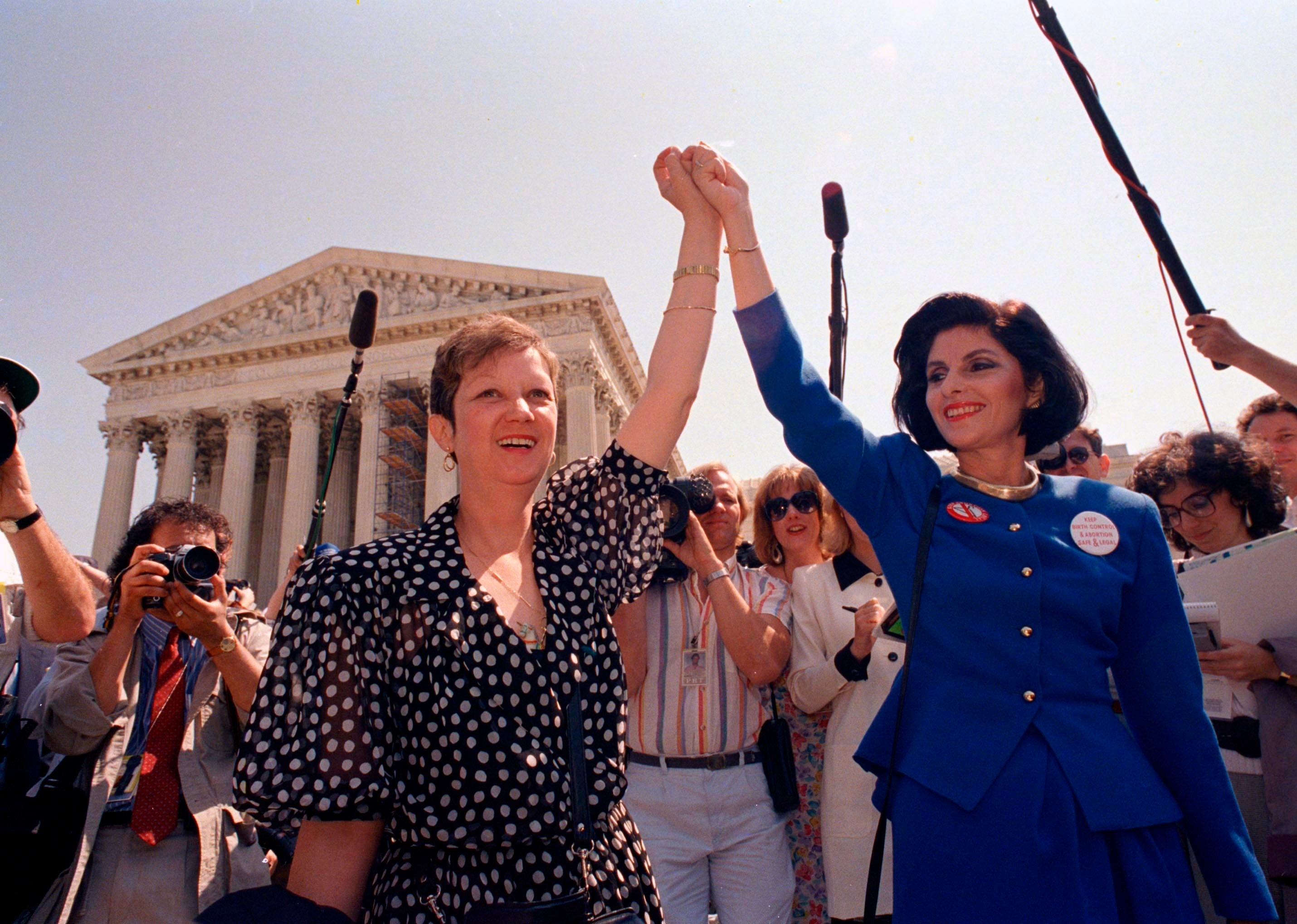
When the justices are “intruding on” the privacy of Americans with their rulings, “they don’t deserve to have any privacy”, they said.
The organiser, who did not want to be named, added that “this is still America” where the right to protest is protected under the First Amendment.
Ruth Sent Us, named in honour of late Justice Ruth Bader Ginsburg, is organising almost daily demonstrations outside the homes of the Supreme Court justices.
The protests are strictly “non-violent”, “peaceful” and “joyful” said the organiser, featuring “talented singers and drummers”.
Despite the group gaining increased attention in recent weeks, they have actually been protesting outside the justices’ homes long before the leak of the Supreme Court’s draft opinion in May.
“We started the protests last year, it wasn’t in reaction to the leak,” the organiser said.
“We began gathering the information required to protest at their homes in 2020 when Amy Coney Barrett was seated onto the court during the election, when over 60 million people had already voted so we saw that as a corrupt takeover of the court and as an attack on human rights coming at us on a freight train in America.”
In October 2021, Ruth Sent US carried out its first day of action outside the homes of all six conservative justices, they said.
After last month’s leak, the protests became more regular, following a schedule rather than demonstrating only on selected dates.
They also draw bigger crowds and have gained much more attention.
“The thing that changed after the leak is that the attention to our work has been magnified,” they said.
Not all the attention has been positive.
Last week, the group tweeted that it had received “hundreds of credible threats, doxxing of members, SWAT attempts, stalking and physical intimidation” after the right-wing media claimed it had urged protesters to target Justice Amy Coney Barrett’s children.
“We NEVER targeted Amy’s kids,” tweeted Ruth Sent Us.
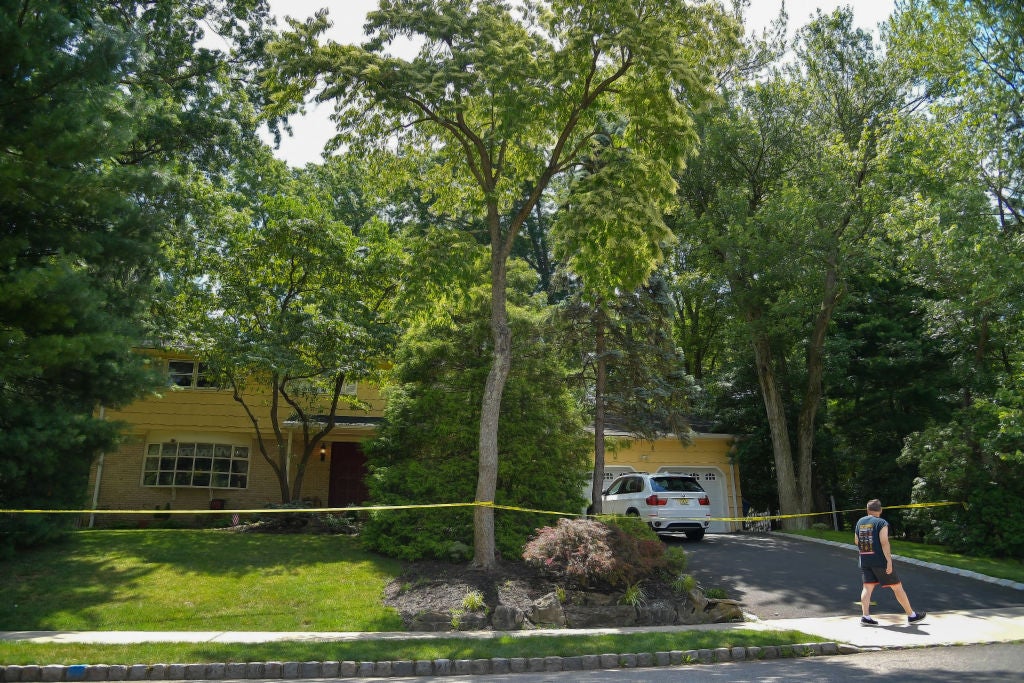
When asked if last week’s threat on Justice Kavanaugh had changed the group’s plans to protest outside the justices’ homes, the organiser told The Independent: “Absolutely not.”
“We are doing exactly what we were doing. We will continue,” they said.
The man charged with the attempted murder of Justice Kavanaugh is not connected to the group, they said, which they instead described as a “motley crew of protesters who have sworn non-violence”.
“We don’t know this man. We’re not interested in speaking for him or discussing him,” they said, adding that the justices are “not in any danger” and have a heavy law enforcement presence outside their homes.
While protests from pro-choice and anti-abortion activists across the country have been largely peaceful so far, officials are taking measures to protect the Supreme Court and the justices ahead of any ruling being handed down.
Eight-foot tall metal fences have been erected around the court.
Attorney General Merrick Garland ordered the US Marshals Service to provide round-the-clock security to justices.
Top Justice Department, Supreme Court, US Marshals Service and FBI officials met to discuss the justices’ security needs.
But the risks to judicial officials extend beyond the Supreme Court alone and have been a growing concern long before the leak around abortion access.
In February, the US Marshals Service released data showing that over 4,500 threats and other inappropriate communications had been sent to US federal judges in the last year.
Director Ronald Davis warned that the risk to judges was “growing exponentially” with threat investigations and inappropriate comments “going up quite frankly for a couple of years”.
Several violent attacks have also sparked concerns for the safety of judicial officials.
Earlier this month, former Juneau County Circuit Court Judge John Roemer was found dead in his home in Wisconsin.
The suspect, who was found with a self-inflicted gunshot wound in the basement and died days later, had been sentenced to prison by the judge more than 15 years ago.
Officials said Judge Roemer’s death was a “targeted attack” and that the suspect had a list of other government officials as targets, including Wisconsin Governor Tony Evers, Senate Minority Leader Mitch McConnell and Michigan Governor Gretchen Whitmer.
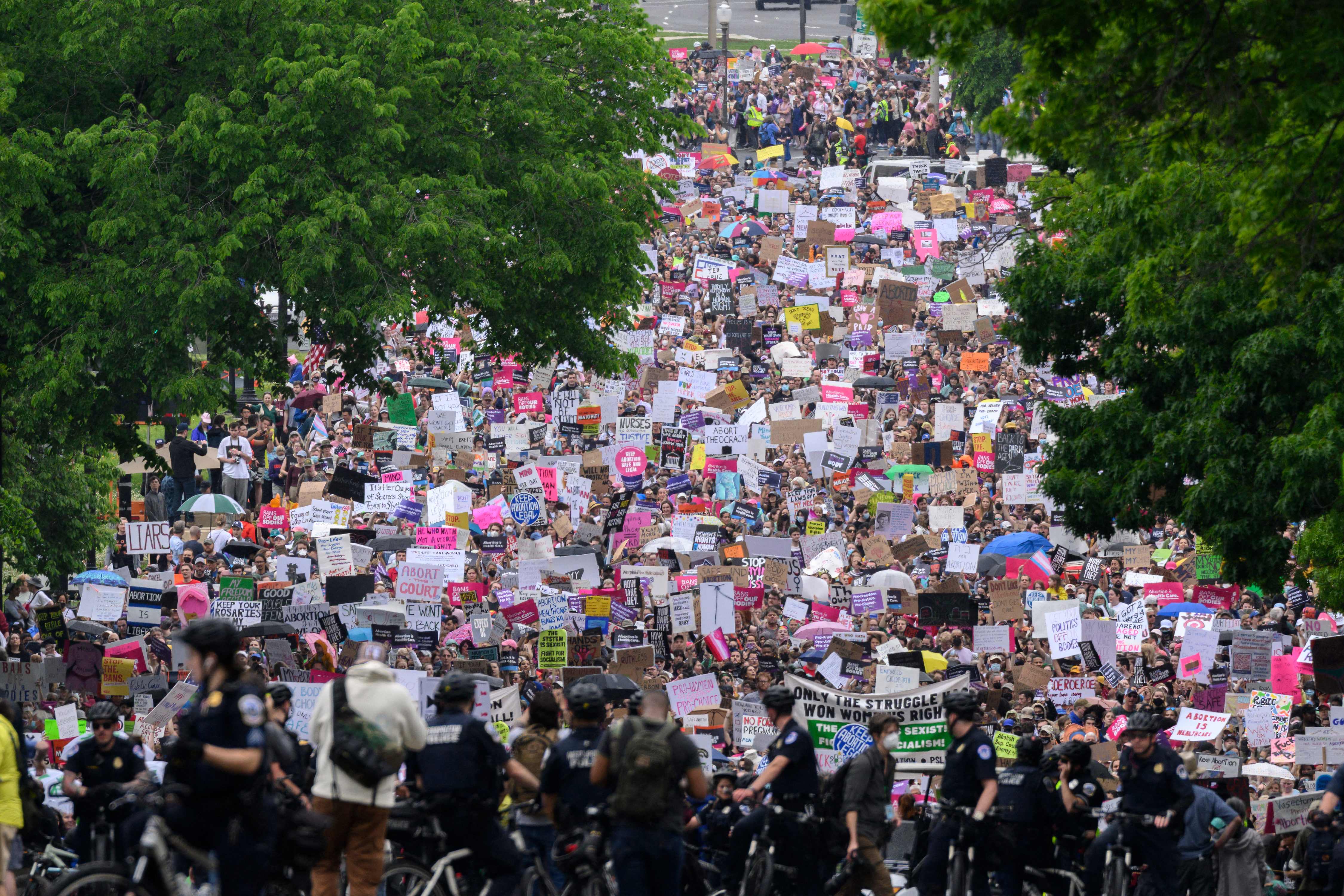
This came around two years after the son of US District Judge Esther Salas was murdered by an “antifeminist” lawyer who found her address online and went to the home she shared with her family in New Jersey.
Lawyer Roy Den Hollander had posed as a FedEx delivery driver before opening fire on her family in a racially motivated attack.
Judge Salas’ 20-year-old son Daniel Anderl was shot dead and her husband Mark Anderl was also critically injured but survived the 2020 attack.
The federal judge was in the basement of the home at the time and was unharmed.
The suspect was found dead from a self-inflicted gunshot wound days later.
Investigators found the killer had also been collecting information on Supreme Court Justice Sonia Sotomayor, Judge Salas later revealed.
Following the targeted attack, New Jersey passed a state law – Daniel’s Law – making it a crime to post the addresses or phone numbers of judges, prosecutors, or law enforcement officers and their families online.
Since her son’s death, Judge Salas has been pushing for the federal government to enact a similar law – the Daniel Anderl Judicial Security and Privacy Act – to boost security for federal judges and limit the amount of personal information available about public officials online.
It is this need to expand protections to all federal judges that led seven New Jersey Democratic congress members to vote against Tuesday’s bill.
While the bill still sailed through the House, the lawmakers voted against it in a show of protest that the final measure only names Supreme Court justice – and not federal judge – protection.
Judge Salas has spoken out in the last week over first the killing of Judge Roemer and then the threat of Justice Kavanaugh.
She told CNN it is proof of the need to protect federal judges.
“Many judges have lost their lives for doing one thing: their job, upholding democracy,” she said.
She added: “Really, judges do stand at the front line ensuring that democracy is, you know, alive and well in our country.”



Join our commenting forum
Join thought-provoking conversations, follow other Independent readers and see their replies
Comments